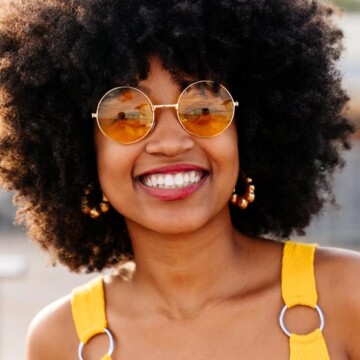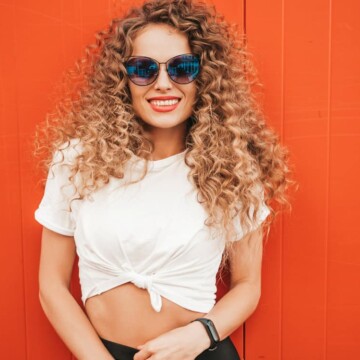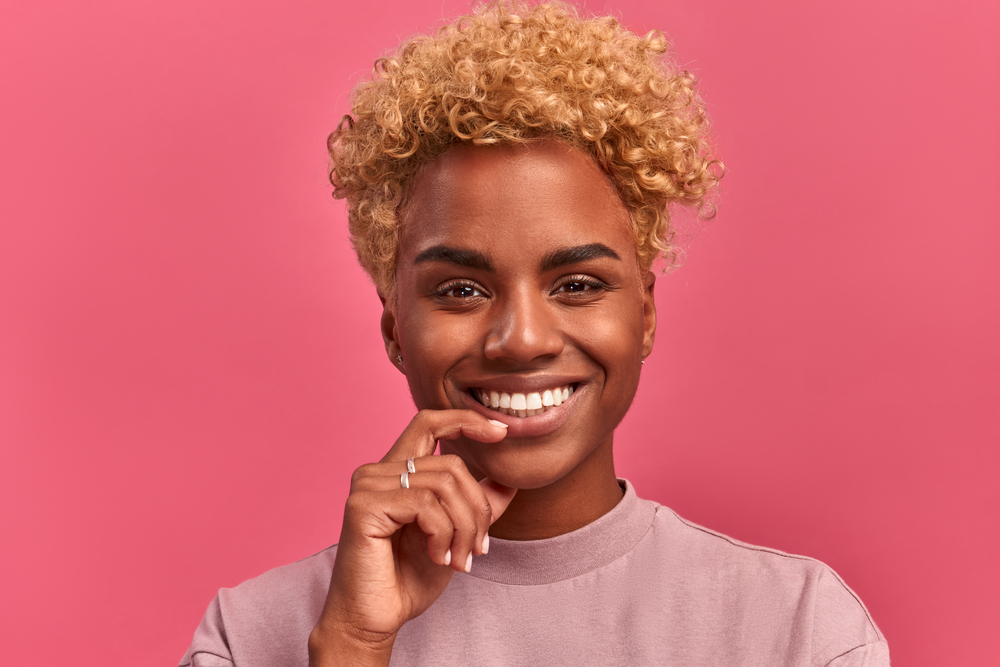
Have you considered using lanolin oil as a component in your natural hair care regimen?
I know many naturals have been looking for a potential replacement for castor oil. Lanolin oil could be the perfect substitute. If you have curly hair, you know that it can be a challenge to keep it looking its best.
The natural oils that your scalp produces may not be enough to keep your curls moisturized and frizz-free. That's where lanolin oil comes in.
Lanolin oil is a natural moisturizer that can help keep your curls healthy and happy. It is also known for its anti-frizz properties, which come in handy if you live in a humid climate.
In this article, we will discuss how lanolin oil can benefit your curly hair, and we will provide tips on how to use it correctly. We'll also talk about the potential side effects of using lanolin oil on your hair.
Table of Contents
- 1 What Is Lanolin Oil?
- 2 Lanolin Oil Comes from Sheep Wool
- 3 The Benefits of Lanolin for Hair
- 4 Is Lanolin Good for Your Hair?
- 5 Frequently Asked Questions
- 5.1 What Does Lanolin Do for Your Hair?
- 5.2 Who Should Use Lanolin for Hair?
- 5.3 How Often Should Lanolin Be Used in Hair?
- 5.4 How Much Lanolin Should Be Used in Hair?
- 5.5 Is Lanolin Good for Low Porosity Hair?
- 5.6 What Can You Mix Lanolin With for Hair?
- 5.7 How to Use Lanolin for Hair
- 5.8 Related Articles
What Is Lanolin Oil?
Lanolin is a waxy substance that is produced by wool-bearing animals.
Also known as wool wax or wool grease, Lanolin is secreted by the sebaceous glands of these animals. Lanolin is sheep sebum in its most basic form. Lanolin is used for hair care and as a skin moisturizer to help prevent dry, scaly, and cracked skin.
Some breeds of sheep produce more lanoline.
The lanolin that is used in hair and skin care products is a by-product of the wool industry. It does not harm the animals that produce it.
Lanolin oil is extracted from lanolin through a process called purification.
Once lanolin oil has been extracted, it can be used on its own or combined with other ingredients to create hair and skin care products.
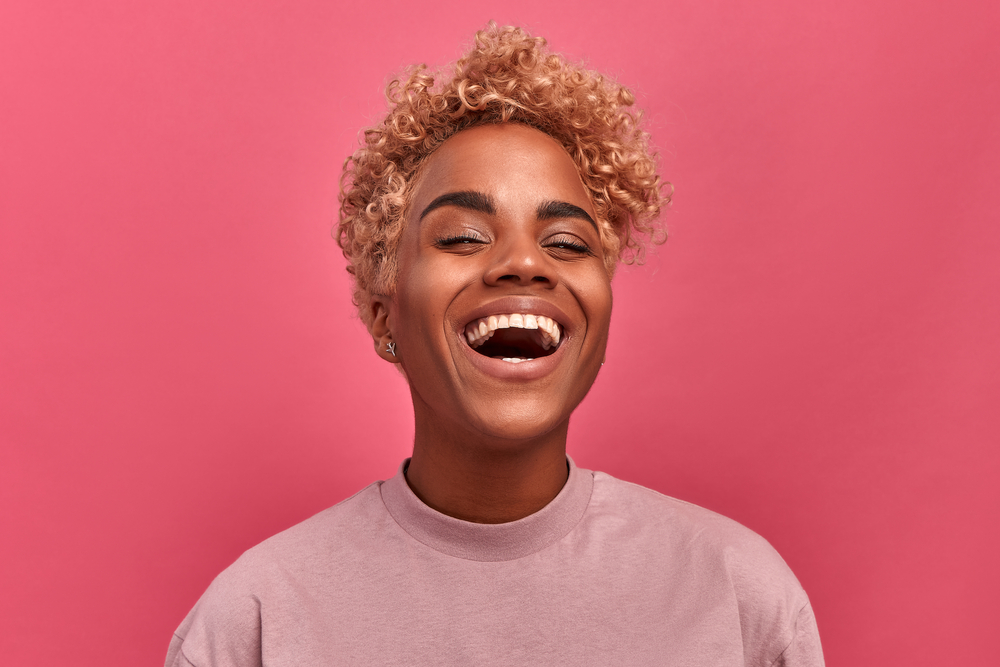
Lanolin Oil Comes from Sheep Wool
Although several pharmacopeias refer to lanolin as wool fat, it has been established that Lanolin is not a true fat.
This is because it does not have glycerol esters, instead it has sterol esters instead. In sheep, lanolin helps to keep their coats waterproof by shedding water.
Despite looking like and sharing several characteristics as fat, lanolin is not fat and is technically referred to as wax. Therefore, lanolin is different from fruit-derived oils, like coconut oil, castor oil, or shea butter.
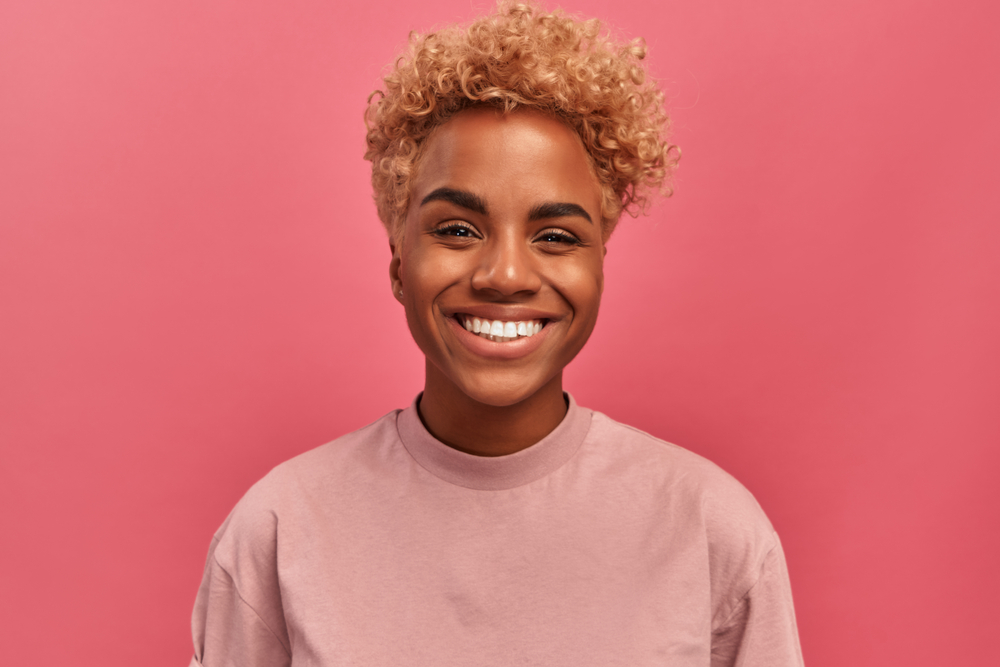
The Benefits of Lanolin for Hair
Oils are primarily made of fatty acids, while lanolin is primarily made of esters of fatty acids, cholesterol, and alcohol.
This is the characteristic of lanolin that people use for natural hair care. Esters found in lanolin make it hold water pretty well without dissolving it.
This trapping of water is what helps lanolin oil moisturize natural hair. Lanolin oil also can penetrate skin cells. It traps water in the skin cells preventing water loss.
So, it's possible that lanolin can have the same effect on natural hair. Lanolin is also used in lip balms, moisturizing lotions, and to soothe cracked nipples due to enhancing moisture retention.
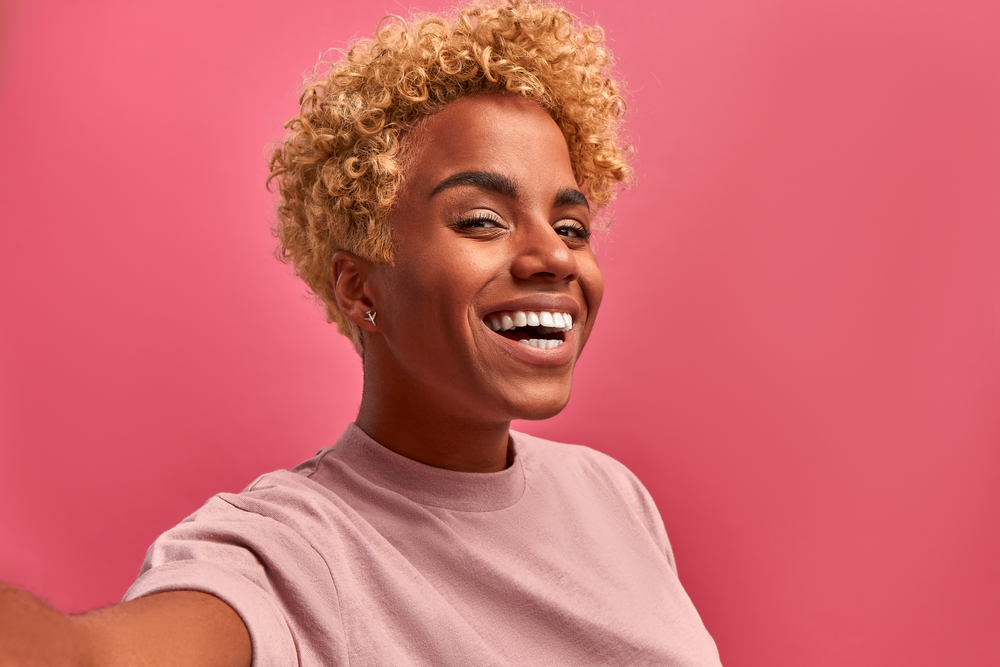
Is Lanolin Good for Your Hair?
It is important to note that pure lanolin does not melt as easily as fat does. This is because pure lanolin is a thick waxy substance.
For it to melt, you need to use a very small amount and rub it between your fingers. If you find the rubbing cumbersome, you can opt for liquid lanolin.
However, liquid lanolin is processed. Some parts of pure lanolin will be removed.
Apply the lanolin to moist (or freshly washed) hair for the moisturizing effect to take place. If your hair is dry, lanolin will not produce the desired moisturizing effect. There needs to be water for the lanolin to use.
Lanolin does not react negatively with other common oils that are used on natural hair.
You can, therefore, use other oils together with lanolin. Also, as previously mentioned, it can also be used as a substitute for castor oil since many women dislike castor oil's thick, sticky consistency.
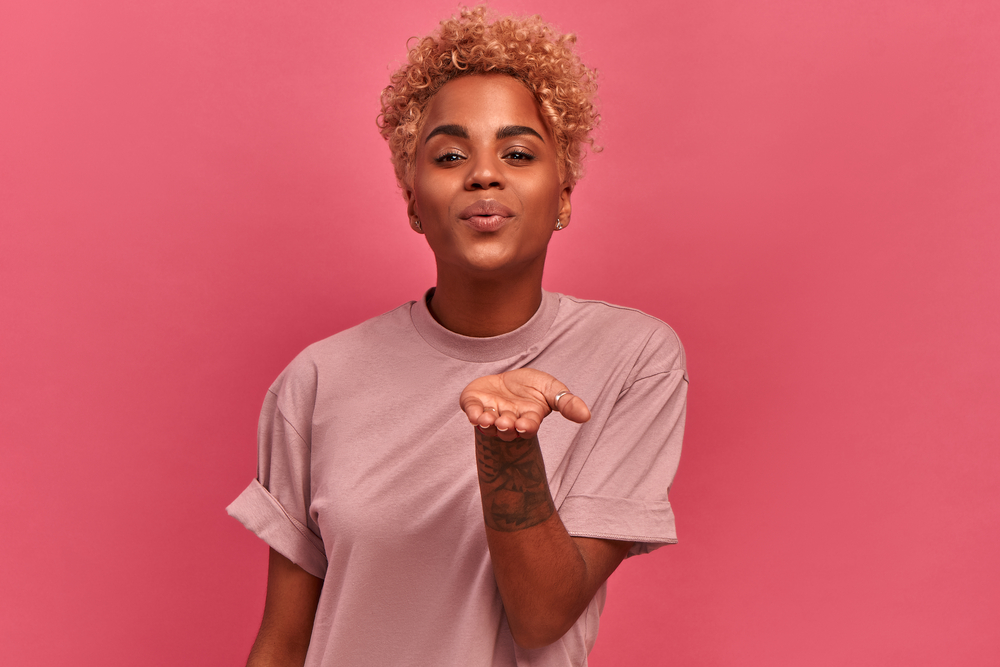
Frequently Asked Questions
What Does Lanolin Do for Your Hair?
Lanolin is a healing topical that is anti-inflammatory and soothing. Its occlusive property keeps water from evaporating from the skin and hair, resulting in more moisturized and manageable locks. Lanolin can help with what condition? Those who have natural, dry, or damaged hair shafts will generally benefit the most from lanolin.
Who Should Use Lanolin for Hair?
We recommend that ladies with any of these hair-related issues consider using lanolin oil within their natural hair regimen. It can be used for the following reasons: (1) dry and brittle hair strands, (2) damaged and overprocessed hair, (3) lacking luster and shine, and (4) unmanageable and frizzy hair.
How Often Should Lanolin Be Used in Hair?
Lanolin can be used as often as needed. We recommend using it roughly once a week, but some people with extremely dry or damaged hair may want to use it more frequently.
As lanolin oils are usually quite thick, they can be used as a leave-in conditioner or deep conditioner. Simply apply it to your hair and scalp and cover it using a plastic cap. You can allow the oil to work for roughly 30 minutes or so before you rinse it out.
For best results, we recommend using lanolin oil in conjunction with other natural hair products, such as a quality shampoo, conditioner, and styling cream.
How Much Lanolin Should Be Used in Hair?
The amount of lanolin you apply to your hair will be determined by its length and thickness. For hair that is shorter, start with a tiny quantity (about the size of a nickel) and gradually increase as needed. You may require a bit more lanolin oil for longer or thicker hair. Start with a quarter-size portion and work your way up.
Is Lanolin Good for Low Porosity Hair?
Yes, lanolin cream (or oil) can be used for low porosity hair. It's a very greasy material (almost like wax esters) but it works well for low-porosity hair. Avocado and jojoba oils are also good for low-porosity hair.
What Can You Mix Lanolin With for Hair?
Lanolin oil works with other oils and butters to help moisturize and protect the hair shaft. Some good options to mix lanolin with include: shea butter, coconut oil, olive oil, jojoba oil, almond oil, avocado oil, and castor oil.
How to Use Lanolin for Hair
There are several ways to use lanolin for curly hair. Here are a few of our favorites:
As a pre-poo treatment: Apply lanolin to dry hair before shampooing. This will help to protect your hair from the harshness of shampoo and help to detangle your curls, as needed.
As a deep conditioner: Mix lanolin with other oils and butters, such as shea butter or coconut oil, and apply it to your hair. You can cover your hair and leave the oil on for 30 minutes or so before you rinse it out.
As a leave-in conditioner: Apply lanolin to damp or wet hair and style as usual.
As an overnight treatment: Apply lanolin to dry hair before going to bed. Cover your hair with a shower cap or silk scarf and sleep with it in. In the morning, shampoo and condition your hair as usual.
Lanolin is an effective ingredient for moisturizing and protecting the hair shaft. It can be used on its own or mixed with other natural oils and butters to create a custom treatment for your hair.
- Amla Oil for Hair Benefits
- Does Pomade Cause Hair Loss?
- Is It Bad to Put Lotion in Your Hair?
- Soap Nuts Shampoo
We that this article helped you learn a little bit more about lanolin and how to use it for hair growth and several other benefits. Lanolin is a great natural ingredient that can help to improve the overall health of your hair.


